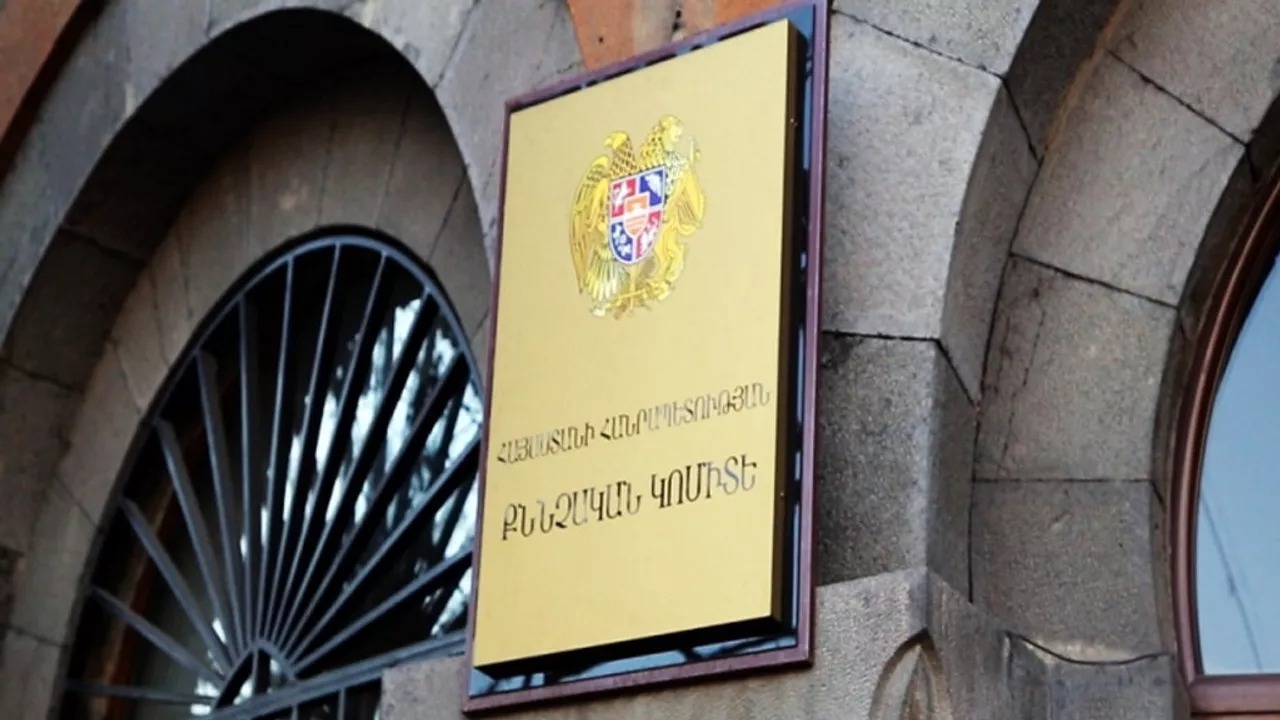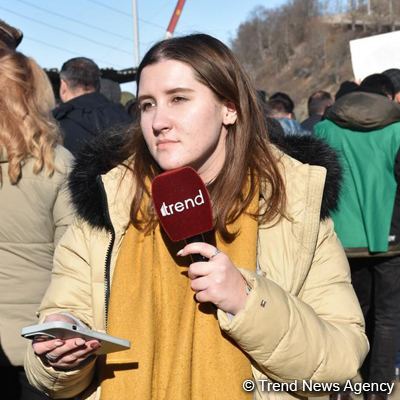BAKU, Azerbaijan, June 25. A high-profile political and criminal case is unfolding in Armenia—one that could mark a turning point in the country's struggle against the revanchism and radicalism that have held back its development for decades. Armenia’s Investigative Committee has announced the uncovering of a plot aimed at violently seizing power. At the center of the allegations is the head of the opposition movement “Sacred Struggle,” former Archbishop Bagrat Galstanyan.
According to the official investigation, after failing to bring about a change of power through legal means, Galstanyan and his supporters began preparing for terrorist actions in November 2024. This was not about protests or acts of civil disobedience - it was a carefully orchestrated plan to destabilize the country. The alleged goal was to create chaos across multiple cities in Armenia within a 36-hour timeframe, providing cover for a forceful takeover of power.
Investigators say the movement formed strike units - up to 250 groups of no more than 25 individuals each. These groups were reportedly intended to operate autonomously, without coordination, to minimize the risk of the entire plan collapsing. Former military personnel and security officials were allegedly recruited, and the plan was set to begin with a rally in front of the government building in Yerevan, designed to divert attention.
Put plainly, this wasn’t just political pressure - it was an attempt to undermine Armenian statehood. The wave of arrests in recent days shows this is not a symbolic case, but a real and present threat. Moreover, authorities claim that as of January 2025, the group entered an active phase of preparation: purchasing equipment, maps, collecting data on urban infrastructure, and recruiting as many as 1,000 participants.
But this case is about more than just a conspiracy. It’s about the role of revanchism in Armenian politics - an ideology that has trapped the country in illusion for decades. Bagrat Galstanyan, Robert Kocharyan, and Serzh Sargsyan have all become symbols of rejection: rejection of peace, of cooperation, of progress. They have opposed a peace agreement with Azerbaijan, continuing to stoke baseless territorial claims - devoid of legal or moral legitimacy. What they offered the nation was a road backward: toward conflict, isolation, and escalation.
They are also responsible for crimes committed under Armenian control in Karabakh—war crimes, ethnic cleansing, the expulsion of hundreds of thousands of Azerbaijanis. Kocharyan, Sargsyan, and others like them must face international justice as organizers and enablers of that aggression.
Modern Armenia is no longer the country it was five or even ten years ago. Society is tired of war and the rhetoric of eternal victimhood. People want peace, infrastructure, an economy, and a future. Prime Minister Nikol Pashinyan is increasingly steering the country toward a final settlement with Azerbaijan. That path is not without internal tensions, but it reflects a real demand for change.
One telling fact: the arrests of opposition figures have not sparked mass protests in Yerevan. That alone speaks volumes. The Armenian public is beginning to see things clearly. It understands that figures like Galstanyan - cloaked in religion and “national struggle” - are not leading the country toward renewal, but deeper into crisis.
The Galstanyan case may prove to be more than just a criminal proceeding - it may come to symbolize the end of Armenia’s revanchist era. The revanchists are starting to face the consequences. And this is not only a matter of law - it is a matter of historical justice.







